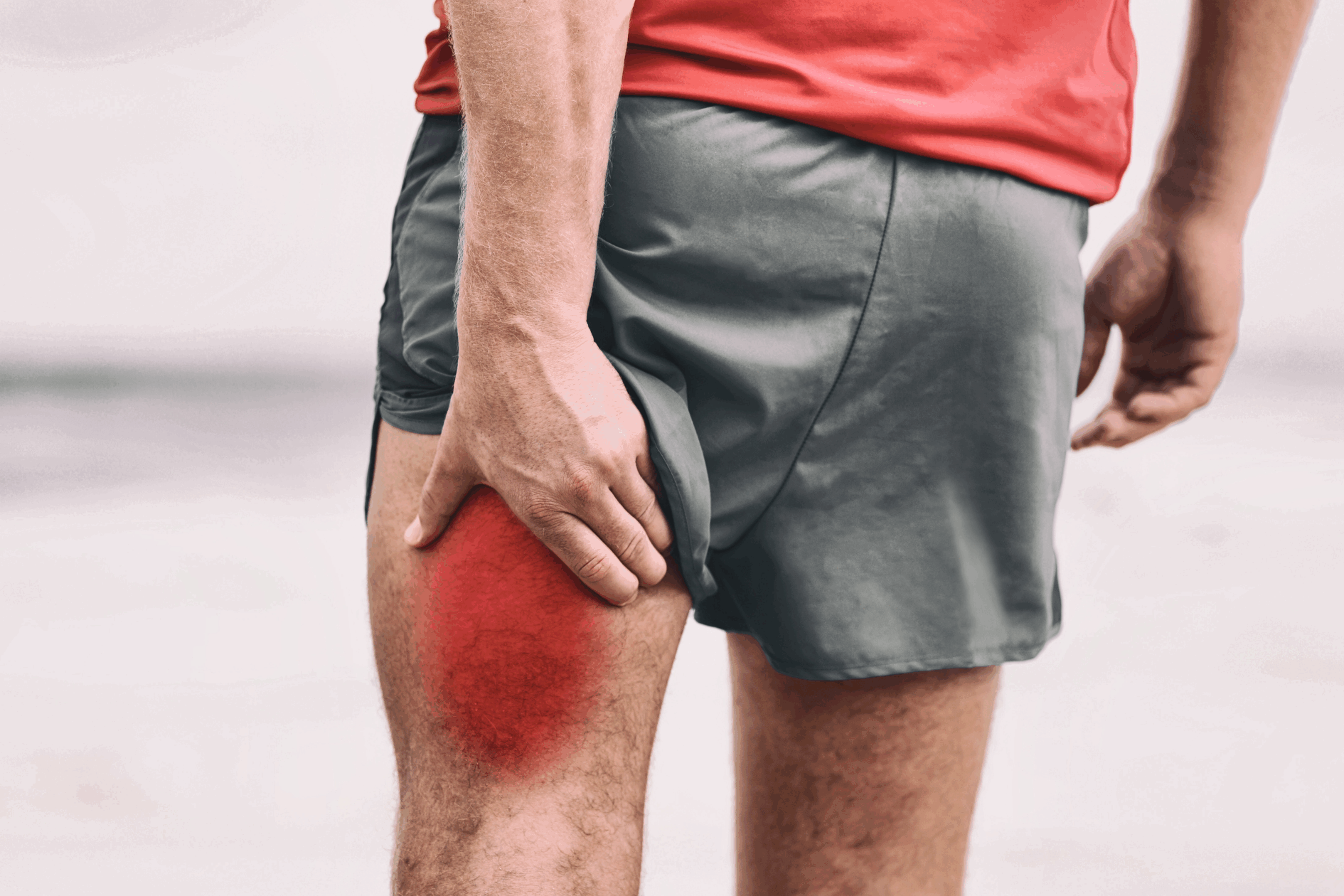As Arizona teens gear up for the new school year, it’s important to think beyond pencils and planners—backpack safety should be a top priority. Carrying heavy or poorly fitted backpacks can lead to posture problems, shoulder strain, and even long-term spine issues. Here’s how students and parents can work together to ensure a pain-free school year.
Why Backpack Safety Matters
Backpacks that are too heavy or worn incorrectly can shift a teen’s center of gravity, causing them to lean forward or hunch their shoulders. Over time, this can lead to:
- Neck and shoulder pain
- Lower back strain
- Poor posture habits
- Muscle fatigue
- Compressed spinal discs
According to the American Academy of Pediatrics, backpacks should not exceed 10% to 15% of a student’s body weight. That means a 120-pound student should carry no more than 12–18 pounds in their backpack.
Common Backpack Mistakes Teens Make
- Wearing one strap: This puts all the weight on one shoulder, leading to imbalance and muscle strain.
- Overloading: Carrying unnecessary books, laptops, or sports gear every day adds strain to the back.
- Low-hanging bags: A backpack that hangs more than four inches below the waist increases spinal stress.
- Thin straps: Lack of padding increases pressure on nerves and blood vessels in the shoulders.
Tips for a Spine-Friendly Backpack
- Choose the right size: The backpack should rest evenly in the middle of the back—not drooping below the waist.
- Use both shoulder straps: Encourage your teen to always wear both straps to evenly distribute weight.
- Adjust straps correctly: Snug straps keep the load close to the body, reducing pull on the spine.
- Look for padded backs and waist belts: These provide extra support and reduce pressure points.
- Organize smartly: Heavier items should be placed closer to the back panel of the backpack.
- Empty unnecessary items regularly: Do a weekly check to remove clutter and lighten the load.
Consider Alternative Carrying Options
For teens with ongoing back pain or who have heavy course loads, consider:
- Rolling backpacks: While not ideal for stairs, these reduce weight strain completely.
- Digital textbooks: Schools offering digital versions help cut down on heavy physical books.
- Locker use: Encourage use of lockers between classes when available.
When to See a Specialist
If your teen complains about persistent back or shoulder pain—even after using a proper backpack—it’s time to consult a spine or pain specialist. Early intervention can prevent minor issues from becoming chronic.
At Arizona-based pain management centers, teens can receive comprehensive assessments to pinpoint pain sources and explore non-invasive solutions, including physical therapy, posture correction programs, and lifestyle education.
A Healthy Start to the School Year
The return to school is a fresh start—and an opportunity to build good habits. By choosing the right backpack and using it properly, Arizona teens can stay focused on academics and activities without the distraction of spine pain.
Related Posts
Managing Muscle Strains from Backyard Workouts in Scorching Heat
When summer rolls around, the combination of longer days, warmer temperatures, and the appeal of outdoor fitness often…
Diabetic Neuropathy: What to Expect
Diabetics' numbers continue to rise every year. Recent statistics show that 11% of the total US population has…



